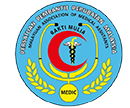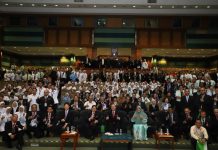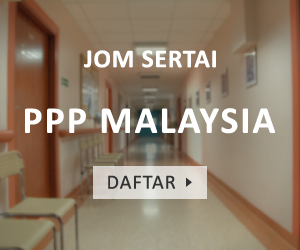KUALA LUMPUR: The Health Ministry’s policy to place more Assistant Medical Officers (AMOs) in government hospitals’ specialist clinics should be viewed positively as it is aimed at optimising healthcare resources.
Malaysian Association of Medical Assistants president Mustafa Abd Majid said the ministry’s move, which came after nurses in specialist clinics were reassigned back to ward duties, is nothing new to AMOs, and their roles and capabilities should not be doubted.
“It is crucial to clarify that this is not a new assignment. Rather, AMOs have been integral to specialist clinic settings for a long time, performing clinical procedures, assisting doctors and specialists, and managing day-to-day activities of the clinic.
“AMOs have always been present in the hospital setting, actively contributing to Emergency Departments, specialist clinics, forensic units, haemodialysis centres, cardiac centres, day care units and wards, intensive care units and operation theatres.
“Their presence has been essential in performing the tasks of clinical experts, assisting doctors and specialists, and managing clinics.
“It is important to note that the roles of AMOs and nurses are distinct yet complementary.”
He added that AMOs in Malaysia undergo a rigorous three-year Diploma of Medical Assistants programme, which is now known as the Diploma of Medical and Health Sciences, from institutions recognised by the Malaysian Qualifications Agency and the ministry’s Medical Assistants Board.
“Their education covers an extensive range of medical, surgical and clinical skills, equipping them for effective patient care at both primary and tertiary levels.
“Nurses are trained in nursing care, while AMOs specialise in clinical procedures and emergency care.
“The recent move to boost the presence of AMOs in specialist clinics is not about replacing nurses but about enhancing the healthcare team’s efficiency,” he said.
Mustafa said the initiative is about augmenting the number of AMOs to balance the workforce, especially as nurses are redirected to wards.
The profession of AMOs is regulated under Act 180 of the Medical Assistants Act 1977 and the Medical Assistant Board determines their scope of work, he added.
He said it ensures that AMOs are well-trained and competent in their roles, while educational path for AMOs has also expanded, with opportunities for higher education in medical and health-related fields.
“This progression reflects both local and global trends in healthcare where continuous learning and specialisation are increasingly crucial.
“The expansion of educational prospects for AMOs is a testament to their extended and expanded roles in the healthcare system.
“Educational advancements are not just about enhancing individual capabilities of AMOs but also boosting the standard of healthcare services in the country.”
He added that as AMOs continue to grow in their roles, they become pivotal in bridging gaps in healthcare delivery, particularly in specialised and primary care services.
“In summary, the strategic inclusion and enhancement of AMOs alongside nurses and other medical professionals address the evolving needs of Malaysia’s healthcare system.
“While it is vital to constructively address concerns from all healthcare stakeholders, the primary goal remains to ensure the highest standards of patient care and safety.
“The increased number of AMOs in specialist clinics is a continuation and expansion of their roles within the healthcare system, reflecting their significant contributions to patient care in Malaysia,” he said.
By New Straits Times – April 8, 2024 @ 6:33pm









